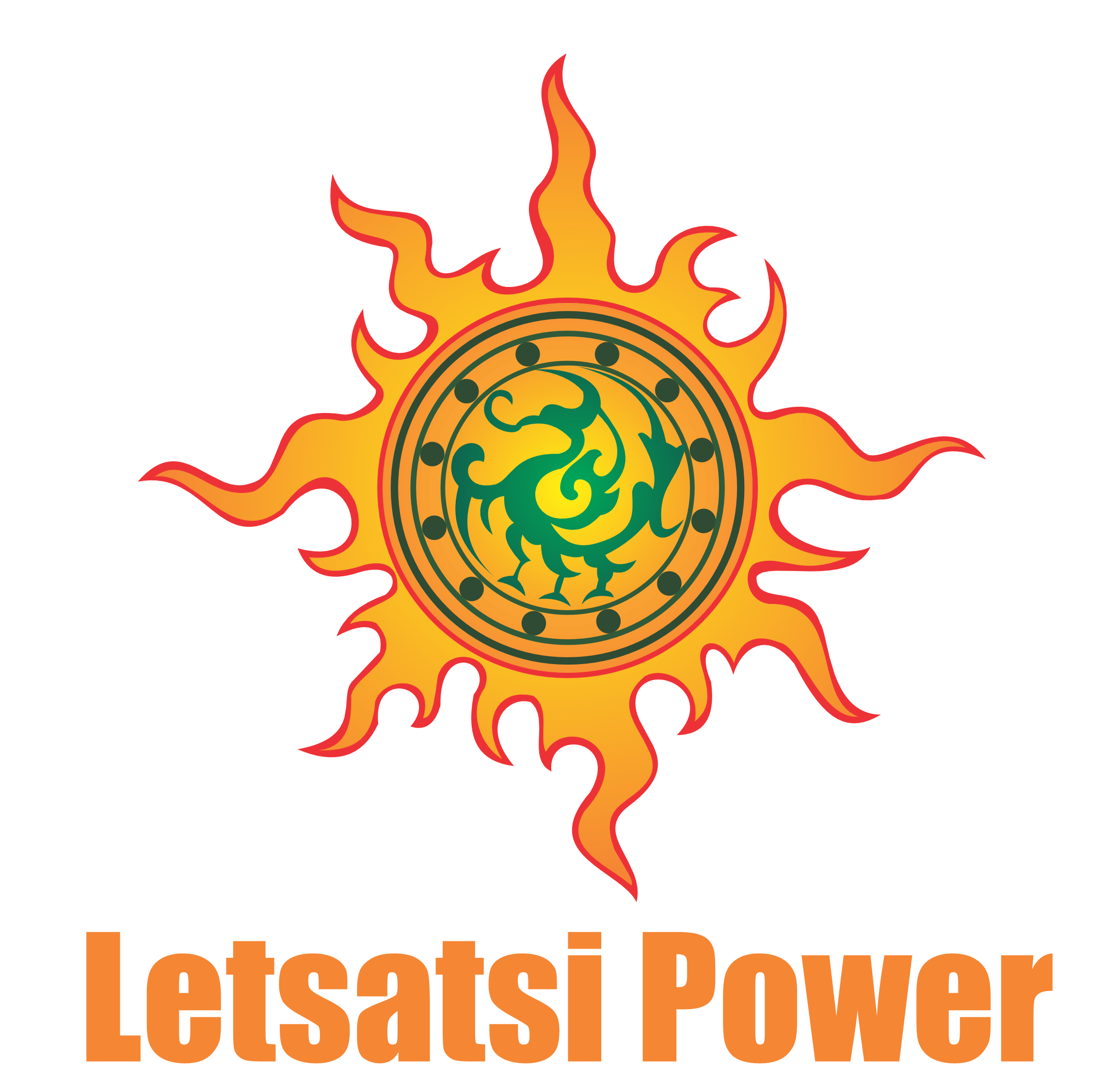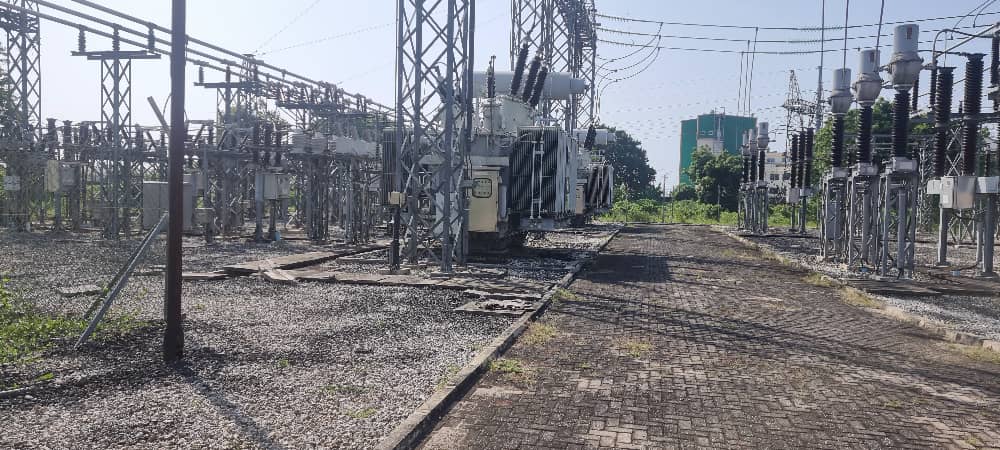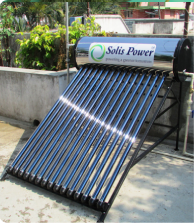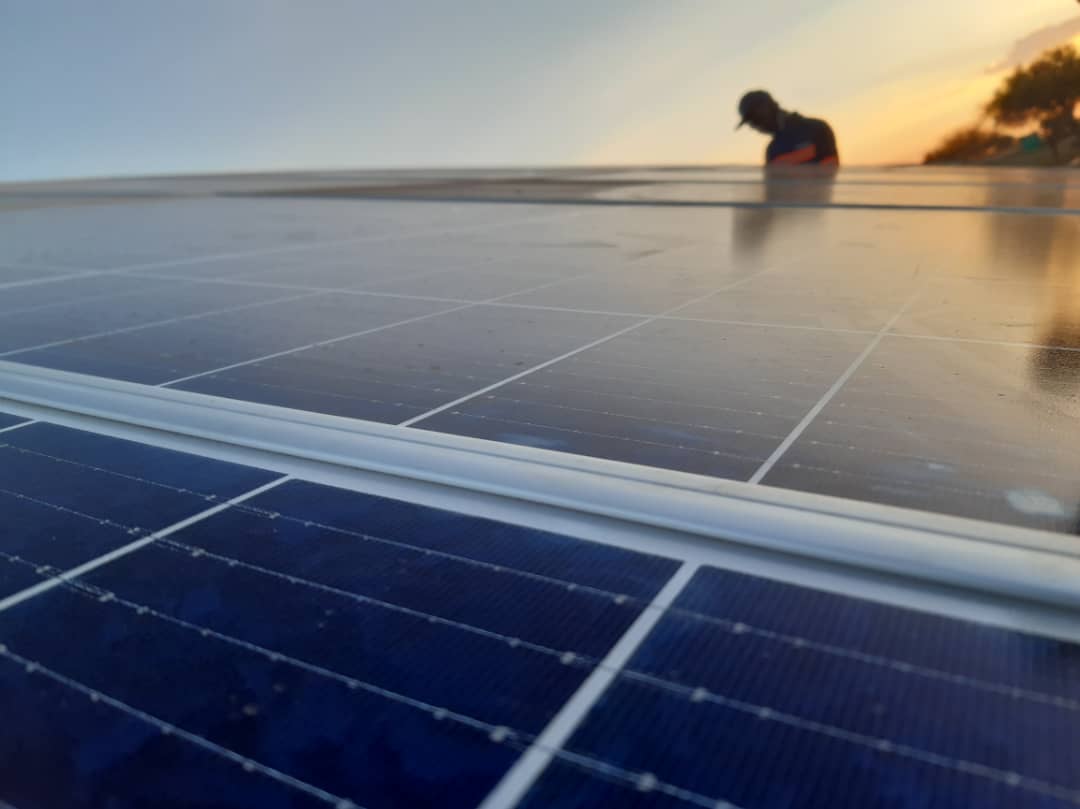At Letsatsi Power, we specialize in the comprehensive development, conversion, and refurbishment of power plants. Our services encompass every stage of power plant projects, ensuring the highest standards of efficiency, reliability, and sustainability. Our expertise covers a wide range of power generation technologies, including thermal, hydroelectric, solar, and wind, and extends to converting and refurbishing existing plants to meet modern efficiency and environmental standards.
Key Components of Our Power Plant Installation/Building Services:
1. Feasibility Studies and Site Assessment:
- Resource Assessment: Detailed analysis of local resources (e.g., sunlight for solar plants, wind patterns for wind farms) to determine the most suitable type of power plant.
- Environmental Impact Studies: Conducting environmental impact assessments to ensure compliance with regulations and to minimize ecological disruption.
- Site Selection: Evaluating potential sites based on factors such as resource availability, land use, proximity to the grid, and logistical considerations.
2. Project Planning and Design:
- Conceptual Design: Developing initial project concepts and layouts, considering site-specific factors and client requirements.
- Engineering Design: Detailed engineering design of the power plant, including mechanical, electrical, civil, and structural aspects.
- Permitting and Compliance: Navigating the regulatory landscape to obtain necessary permits and ensure compliance with local, national, and international standards.
3. Financing and Investment Support:
- Financial Modeling: Creating financial models to estimate costs, revenues, and returns on investment.
- Investment Sourcing: Assisting clients in securing financing through loans, grants, and investor partnerships.
- Risk Management: Identifying and mitigating financial, operational, and environmental risks associated with the project.
4. Procurement and Supply Chain Management:
- Vendor Selection: Selecting and managing vendors and suppliers for equipment, materials, and services.
- Procurement Strategy: Developing and implementing procurement strategies to ensure cost-effectiveness and timely delivery.
- Quality Control: Ensuring all materials and equipment meet specified standards and quality requirements.
5. Construction and Commissioning:
- Project Management: Overseeing all aspects of the construction process, from ground-breaking to final commissioning.
- Construction Execution: Managing on-site construction activities, ensuring adherence to design specifications, safety standards, and timelines.
- Testing and Commissioning: Conducting comprehensive testing of all systems and components to ensure the power plant operates as designed.
6. Integration with Grid and Systems:
- Grid Connection: Coordinating with utility companies to connect the power plant to the electrical grid.
- System Integration: Ensuring seamless integration with existing infrastructure, including control systems, substations, and transmission lines.
- Interconnection Agreements: Negotiating and securing interconnection agreements with grid operators and regulatory authorities.
7. Operations and Maintenance:
- Operational Support: Providing operational support and training for on-site personnel to ensure efficient plant operation.
- Maintenance Programs: Developing and implementing preventative and corrective maintenance programs to maximize plant uptime and lifespan.
- Performance Monitoring: Continuous monitoring of plant performance and implementing improvements to enhance efficiency and output.
8. Sustainability and Environmental Stewardship:
- Green Technology: Utilizing the latest green technologies to minimize environmental impact and promote sustainability.
- Emission Control: Implementing advanced emission control systems to reduce pollution and comply with environmental regulations.
- Sustainability Reporting: Providing detailed reports on the plant’s environmental performance and sustainability metrics.
Types of Power Plants:
1. Thermal Power Plants:
- Coal-Fired Plants: Utilizing advanced technologies to enhance efficiency and reduce emissions from coal-fired power generation.
- Natural Gas Plants: Developing natural gas-fired plants that offer a cleaner alternative to coal, with lower emissions and higher efficiency.
- Combined Heat and Power (CHP): Implementing CHP systems to generate electricity and useful thermal energy from a single fuel source.
2. Hydroelectric Power Plants:
- Run-of-River Plants: Designing plants that harness the energy of flowing water without large reservoirs, minimizing ecological impact.
- Reservoir Plants: Developing large-scale hydroelectric plants with reservoirs to provide reliable and stable power generation.
- Pumped Storage Plants: Implementing pumped storage systems for energy storage and grid stability, using excess energy to pump water to higher elevations for later use.
3. Solar Power Plants:
- Photovoltaic (PV) Plants: Designing and constructing solar PV plants to convert sunlight directly into electricity using solar panels.
- Concentrated Solar Power (CSP): Developing CSP systems that use mirrors or lenses to concentrate sunlight and generate thermal energy for electricity production.
4. Wind Power Plants:
- Onshore Wind Farms: Designing and building wind farms on land, optimizing turbine placement for maximum wind capture and efficiency.
- Offshore Wind Farms: Developing offshore wind projects that take advantage of stronger and more consistent winds at sea, with advanced installation techniques.
Power Plant Conversion and Refurbishment:
1. Conversion Projects:
- Fuel Switching: Converting existing power plants to use cleaner fuel sources, such as switching from coal to natural gas or biomass.
- Hybrid Systems: Integrating renewable energy sources with existing plants to create hybrid systems that improve efficiency and reduce emissions.
- Efficiency Upgrades: Implementing state-of-the-art technologies to enhance the efficiency and performance of older power plants.
2. Refurbishment Projects:
- Life Extension: Extending the operational life of aging power plants through comprehensive refurbishment of critical components.
- Modernization: Upgrading outdated systems and equipment to improve reliability, efficiency, and compliance with current standards.
- Capacity Increase: Enhancing the capacity of existing plants to meet growing energy demands without the need for entirely new construction.
Steps in Conversion and Refurbishment:
1. Assessment and Planning:
- Site Evaluation: Detailed assessment of the existing plant’s condition and potential for conversion or refurbishment.
- Feasibility Studies: Conducting feasibility studies to determine the viability and benefits of proposed upgrades.
- Project Planning: Developing a comprehensive plan that outlines the scope, timeline, and budget for the conversion or refurbishment project.
2. Design and Engineering:
- Engineering Design: Creating detailed engineering designs for the new systems and upgrades.
- Compliance Review: Ensuring that all design modifications meet regulatory and safety standards.
3. Procurement and Installation:
- Equipment Selection: Procuring high-quality equipment and materials for the conversion or refurbishment.
- Installation Management: Overseeing the installation of new systems and components, ensuring minimal disruption to ongoing operations.
4. Testing and Commissioning:
- System Testing: Conducting rigorous testing of all new and refurbished systems to ensure they meet performance standards.
- Commissioning: Officially commissioning the upgraded plant and providing training for operational staff on new systems and procedures.
5. Ongoing Support:
- Maintenance Programs: Developing customized maintenance plans to ensure the long-term reliability and efficiency of the refurbished plant.
- Performance Monitoring: Continuous monitoring and performance evaluation to optimize plant operations and identify further improvement opportunities.
Benefits of Our Power Plant Installation/Building and Refurbishment Services:
- Reliability: Ensuring reliable and continuous power supply through robust design and high-quality construction.
- Efficiency: Maximizing energy efficiency to reduce operational costs and environmental impact.
- Sustainability: Promoting the use of renewable energy sources to support environmental sustainability and reduce carbon footprint.
- Economic Viability: Providing economically viable solutions with attractive returns on investment.
- Innovation: Leveraging the latest technological advancements to enhance plant performance and future-proof energy generation.
Letsatsi Power’s power plant installation, building, conversion, and refurbishment services are designed to deliver high-performance energy solutions that meet the growing demand for sustainable and reliable power. Our expertise, from feasibility studies to ongoing maintenance, ensures that each project is executed with precision, efficiency, and a commitment to environmental stewardship. Partner with us to power the future with innovative and sustainable energy solutions.




